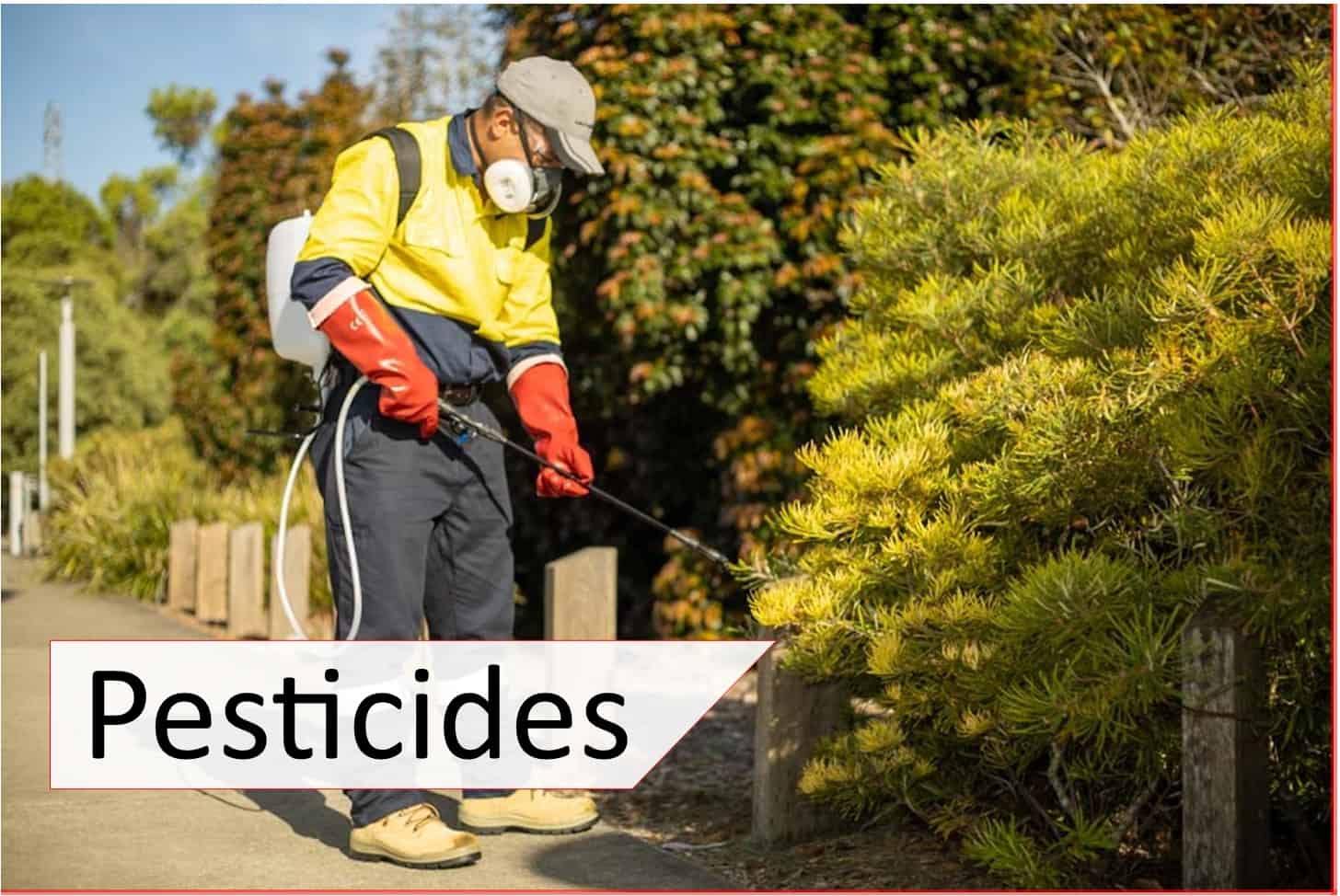What to expect from your pest treatment
There are several hundred species of common pests and that is why, it is even more important to have a variety of different control and treatment options and measures. It should be said however, a common misconception is that, if you receive a professional pest control or treatment service then all your pest problems will disappear immediately. Rather, pest management can sometimes require multiple visits or most importantly regular treatments, for example yearly treatments in your home or office to effectively eradicate pests. In this edition our founder and CEO Ali Ghafoor from A.M.G Pest Management shares common pest treatment options and what to expect from your next pest treatment.
Pesticides can be grouped according to the types of pests they will target and exterminate or according to the chemicals in them and their methods of applications. Such as:
Insecticides – Insects
Herbicides – Plants
Rodenticides – Rodents (mice and rats)
Bactericides – Bacteria
Fungicides – Fungi
Larvicides – Larvae
It is important to determine the correct pesticide for your pest problems to avoid unnecessary time, effort, and financial loss.
Common treatment options:
Depending on your location, property size, demographics, environment and other personal factors. Your technician will usually determine a best fit treatment for your pest problem and site. It is simply not a ‘one size fits all approach’ (we will explain what we mean further).
After an initial meet and greet, a technician is expected to carry out a risk and safety assessment to determine how best to address the situation at hand, for example, if there are small children crawling in the house then a ‘blanket floor’ spray may not be an option or nearby native bees, pets and so on. During your consultation with your technician, it is important to highlight your observations, such as times of activities of pests, locations (kitchen, bathroom and so on), behaviour and any other particulars activities you may have noticed, for example sounds or smell. This can significantly help with making an informed decision in addressing your pest problem. With this information a technician can determine which range of treatments and methods they deem most effective and efficient for your job.
Aerosol: Ready-to-use aerosols are self-contained and pressurized gas. When used pesticide is released through a fine opening. Commonly used in smaller areas and openings.
Fumigants: Fumigants are pesticides that aim to deliver the active concentrate or ingredient to the site of the target pests in the form of a gas, or commonly referred to as ‘flea bombs’.
Liquid Formulations or Spray: Usually contains a few active compounds and used against common pests in most settings (residential, commercial, industrial, or agricultural) and adaptable to many types of application methods, from small to larger sprayers.
Gel: Pastes and gels are mainly used in pest management for ants and cockroach control. Active concentrate is usually about 5%. Commonly applied in kitchen and wet areas or around appliances.
Dust: Most dust formulations are ready-to-us and usually contain a low percentage of active ingredient (usually 10% or less by weight). Commonly used in cracks and crevices or hard to reach areas. Commonly used in roof void and weepholes.
Granules: Granular formulations are like dust formations, in that they ready-to-use, however they are usually larger and heavier. Similarly, they are not water-soluble and not intended to be mixed with water. Active ingredients range from 1% to 15%. Can be sprinkled in target areas, for example garden or lawn area.
Baits: Can be used as solid or liquid form and used to target pests as food-based baits. Traditionally used in bait stations for rodents or ready-to-use bait stations to target ants or cockroaches.
In conclusion, pest management and control can sometimes be a quick process. However, at times it can take multiple visits, different applications, and modified treatment methods to achieve the desired outcomes. Nevertheless, benefits of targeted pest management in your home or office means treating pest problems at the source of the problem for a more effective and efficient outcome. For more information and helpful guides please visit www.amgpest.com.au like and share our page on Facebook www.facebook.com/amgpest


0 Comments